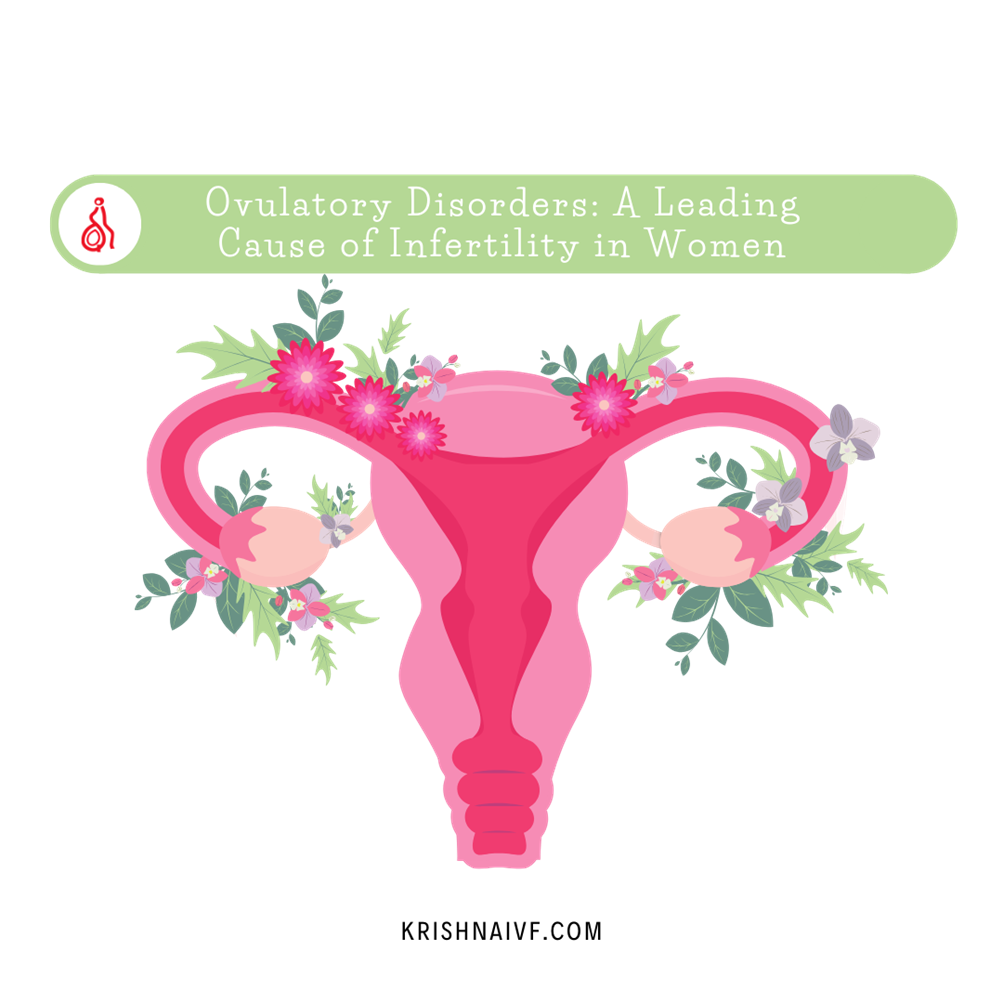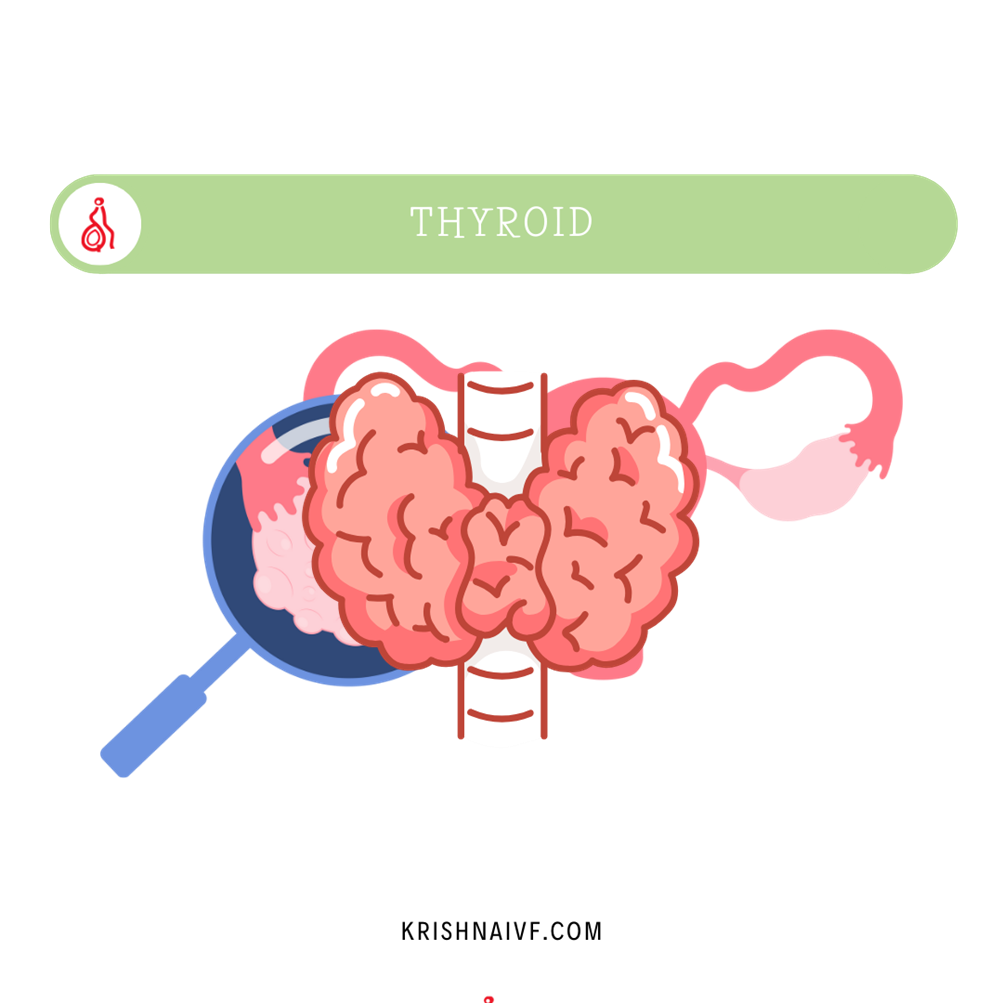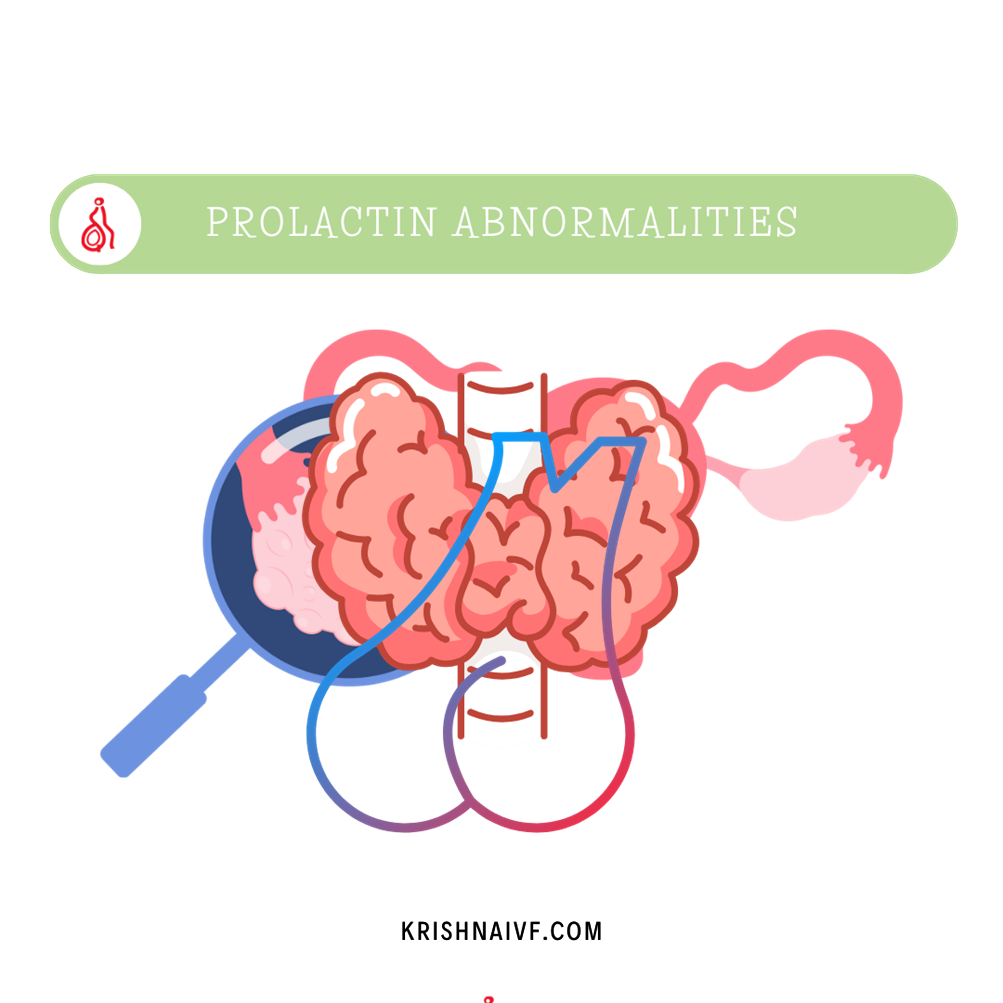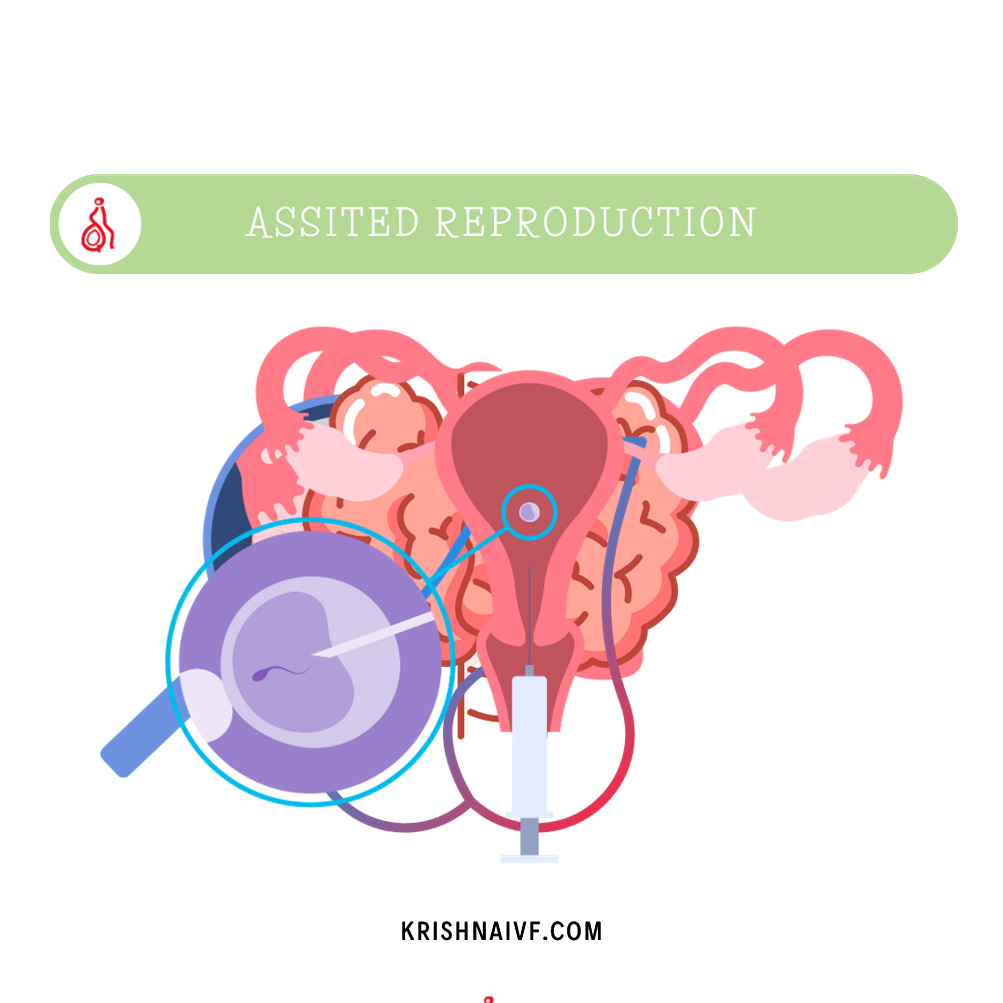Ovulatory Disorders: A Leading Cause of Infertility in Women
Infertility affects millions of couples worldwide, and among the myriad of causes, ovulatory disorders stand out as a leading factor, particularly in women. Understanding the nuances of these disorders is crucial for both patients and healthcare providers as they navigate the complex journey of conception.
– Dr. G. A. Ramaraju DNB PhD, Consultant Krishna IVF Clinic
What Are Ovulatory Disorders?
Ovulatory disorders are conditions that disrupt the normal process of ovulation, which is the release of an egg from the ovaries. These disruptions can lead to irregular menstrual cycles, anovulation (absence of ovulation), or oligo-ovulation (infrequent ovulation), significantly impacting a woman’s fertility

Polycystic Ovary Syndrome (PCOS)
PCOS is the most common endocrine disorder and the leading cause of ovulatory infertility in women, affecting approximately 5-10% of women of reproductive age.
It is characterized by a hormone imbalance that can lead to irregular menstrual cycles, insulin resistance, obesity, and elevated levels of male hormones (androgens), which can manifest as excess facial and body hair, acne, and scalp hair thinning

Thyroid Disorders
Both hypothyroidism and hyperthyroidism can interfere with ovulation. Thyroid hormones play a pivotal role in regulating the menstrual cycle, and imbalances can lead to menstrual irregularities and anovulatory cycles

Hyperprolactinemia
Elevated levels of prolactin, the hormone responsible for breast milk production, can inhibit ovulation and lead to infertility. Hyperprolactinemia can be caused by various factors, including certain medications and pituitary disorders

ENDOMETRIOSIS AND FIBROIDS:
Endometriosis is a painful condition where tissue similar to the lining inside the uterus, known as the endometrium, starts to grow outside the uterus. This abnormal growth can occur on the ovaries, fallopian tubes, and the tissue lining the pelvis, causing inflammation, scar tissue, and adhesions, leading to pain and fertility problem. Uterine fibroids, also known as leiomyomas or myomas, are noncancerous growths of the uterus’ muscle tissue. They can vary in size and may cause symptoms such as heavy menstrual bleeding, pelvic pressure or pain, frequent urination, and pain during intercourse, depending on their size, number, and location.

Premature Ovarian Failure
Also known as primary ovarian insufficiency, this condition occurs when the ovaries stop functioning before the age of 40, leading to reduced estrogen production and ovulation issues.
Diagnosis and Treatment
Diagnosing ovulatory disorders involves a thorough medical history, physical examination, and various hormonal tests, including measurements of FSH, LH, estradiol, TSH, testosterone, progesterone, and prolactin.
. In most case imaging studies of ultrasound are used used to assess the ovaries.
Treatment options for ovulatory disorders aim to restore normal ovulation and may include:
• Fertility Medications: Drugs like clomiphene citrate and letrozole are commonly used to induce ovulation.
• Lifestyle Changes: Weight management, regular exercise, and dietary modifications can improve symptoms and ovulatory function, especially in PCOS.• Thyroid Hormone Replacement Therapy: For those with hypothyroidism, synthetic thyroid hormones can help regulate menstrual cycles and improve fertility.
• Surgery: Procedures like ovarian drilling may be considered in certain cases of PCOS when medication is not effective.
The Impact of Lifestyle and Environmental Factors
Lifestyle factors such as obesity, stress, and exposure to environmental toxins can exacerbate ovulatory disorders. Obesity, in particular, is associated with insulin resistance and can worsen PCOS symptoms.
. Stress management and avoidance of environmental toxins like endocrine disruptors are also important considerations in the management of ovulatory disorders.

The Role of Assisted Reproductive Technologies (ART)
When conventional treatments for ovulatory disorders do not result in pregnancy, ART such as in vitro fertilization (IVF) may be recommended. IVF has shown promising results in overcoming infertility associated with ovulatory disorders

Conclusion
Ovulatory disorders are a significant cause of infertility, but with proper diagnosis and treatment, many women can achieve successful pregnancies. As research continues to evolve, new insights and treatments are likely to emerge, offering hope to those affected by these challenging conditions. In conclusion, ovulatory disorders are a complex and multifaceted cause of infertility, but they are also among the most treatable. With a personalized approach that may include medication, lifestyle changes, and possibly ART, many women with ovulatory disorders can realize their dreams of parenthood.
